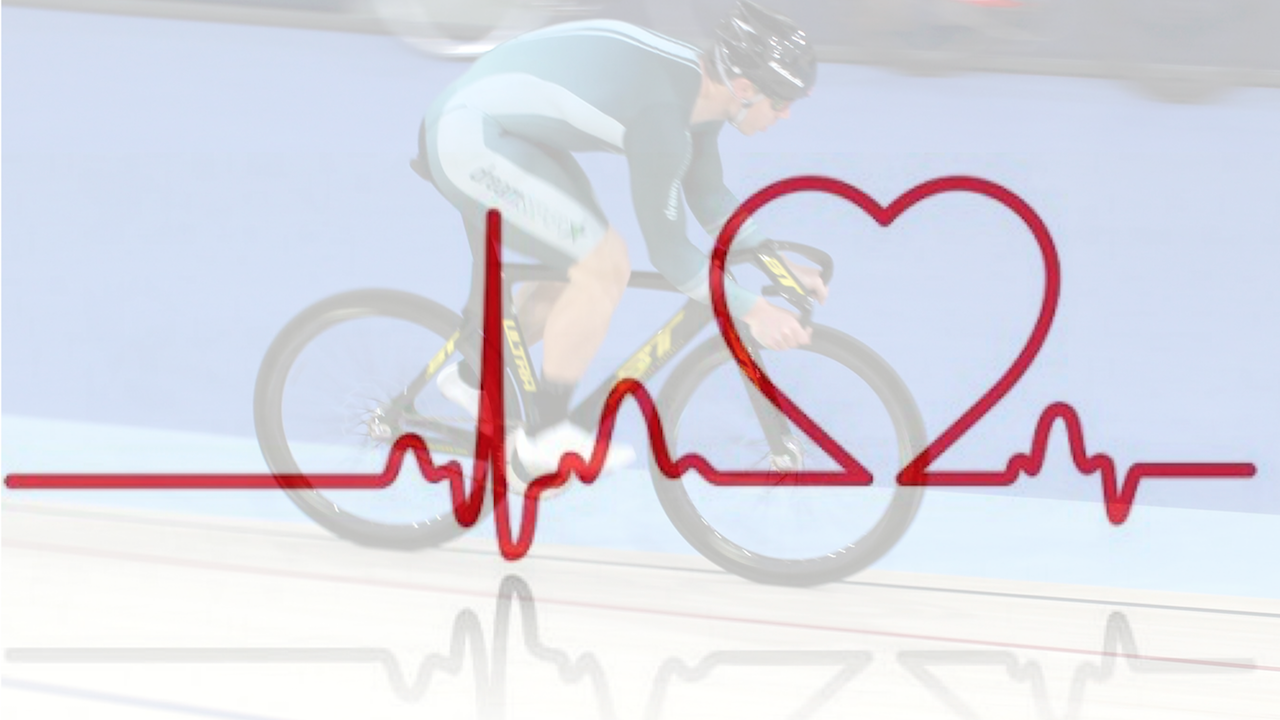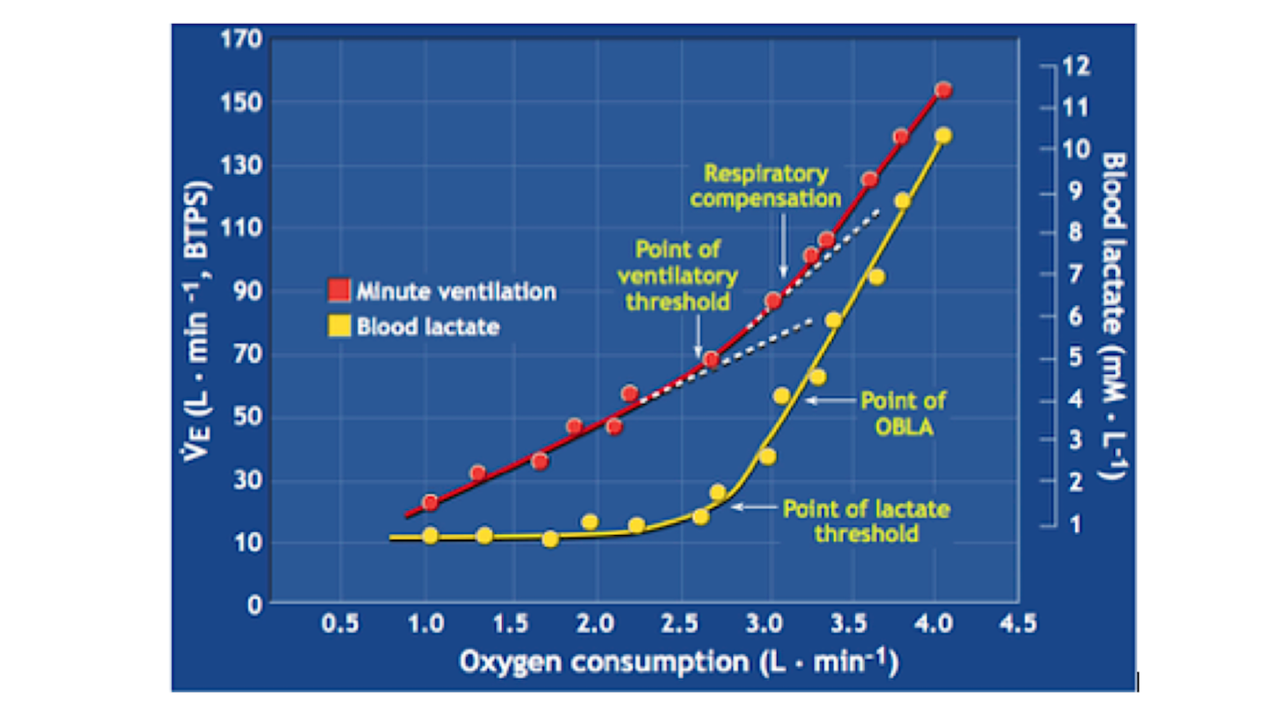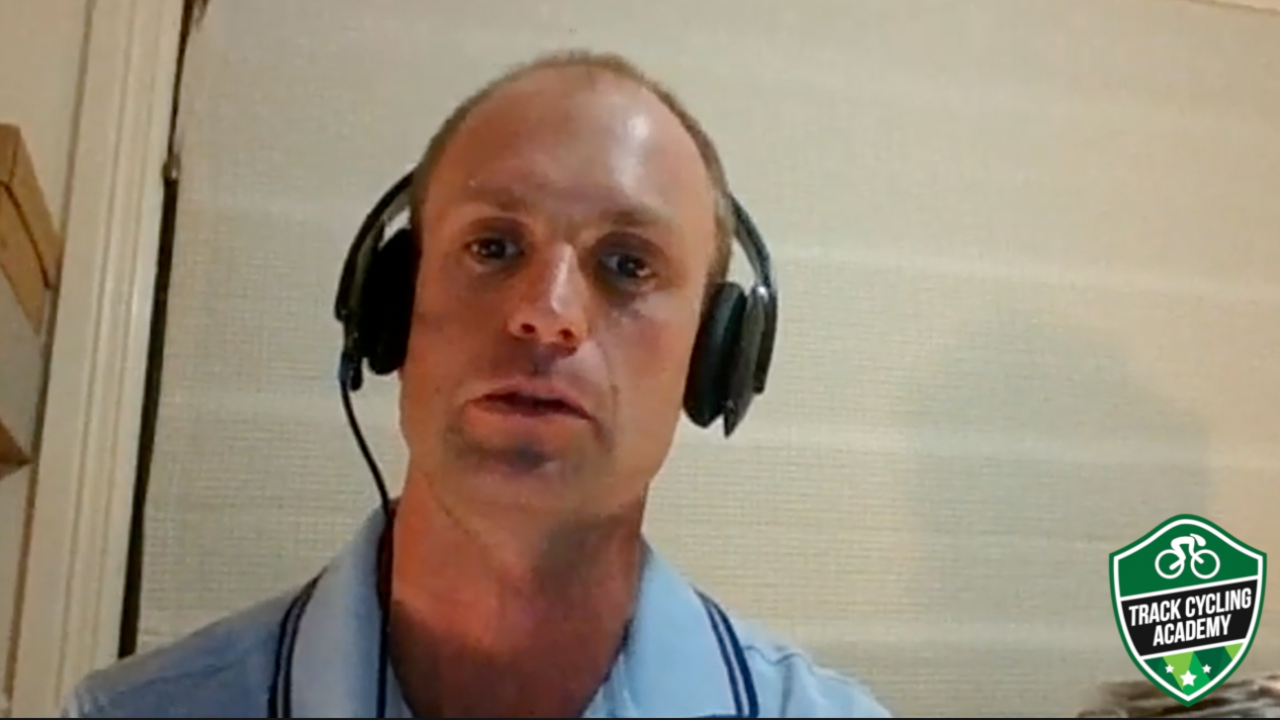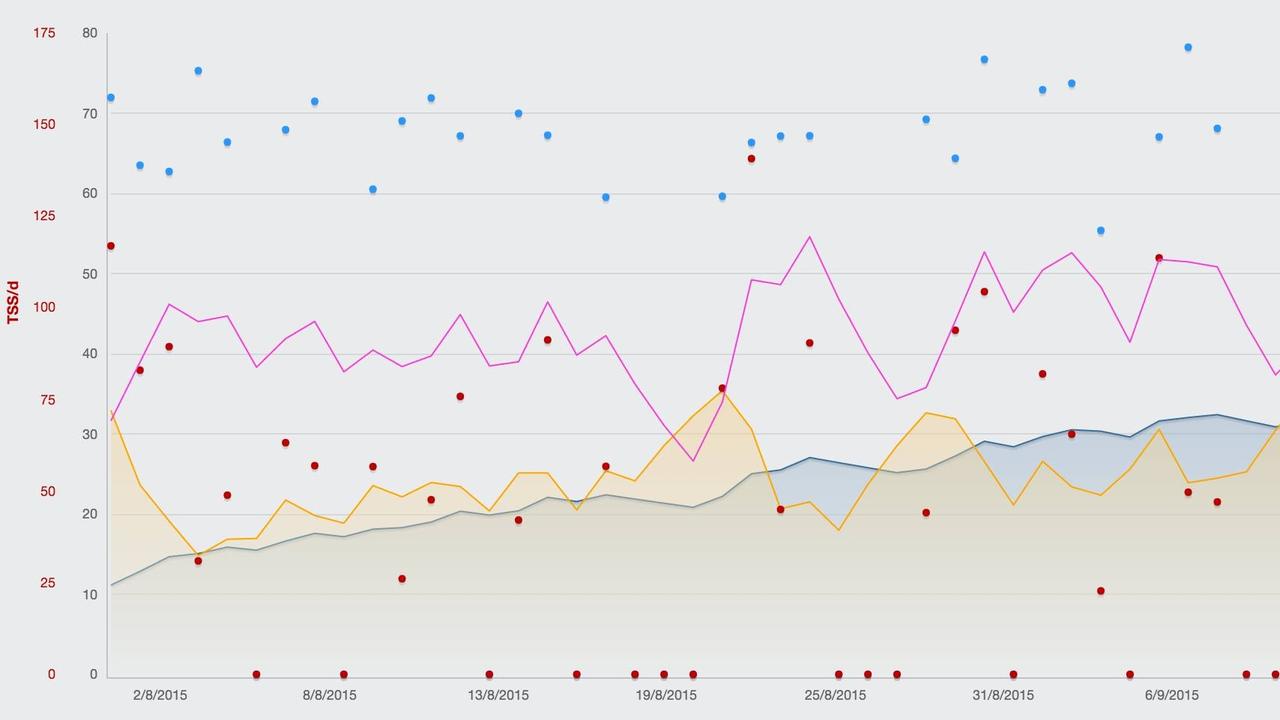Pedalling thoughts on Paper
Cycling Training Using a Heart Rate Monitor

A lot of training programmes speak of doing an activity at a certain percentage of maximum. Often this will be maximum heart rate.
But here’s the thing...
Unsurprisingly, there is no one size fits ...
Understanding Lactate for Track Cyclists

Michael Jordan here, the Track Cycling Academy's Physiological Performance Analyst.
Now here is a lovely graph. What does it tell us?

More than we ever need to know! But I like it a lot!
This gra...
The Importance of Aerobic System Development in Track Cyclists

Whether you're a track sprinter or track endurance rider - developing your aerobic system is CRUCIAL to your cycling success.
Why?
Aerobic fitness is the base level energy system which requires oxy...
2 Key Components for Your Cycling Success

When we’re talking about cyclists who are at the top of the game, often we see them as fast and powerful machines who look like they’ve spent most of their time working on speed and power.
Whilst th...
Why is Testing in Track Cycling so Important?

To truly reveal an athlete’s capabilities, limits must be tested.
Testing = Measurability
Without testing, how will you measure improvement?
Without testing, how will you work out strengths and wea...
Ride Faster with Cycling Aerodynamics

Wind resistance is a barrier that every track and road cyclist - or any cyclist in general for that matter - has to overcome.
Whilst the human body is not very aerodynamic in it’s natural shape, many...
Periodised Programming for Cyclists

Do you realise the IMPORTANCE of Periodised Programming for your cycling development?
Having a periodised training program that specifically prepares you for your major season goals is CRUCIAL and is...

